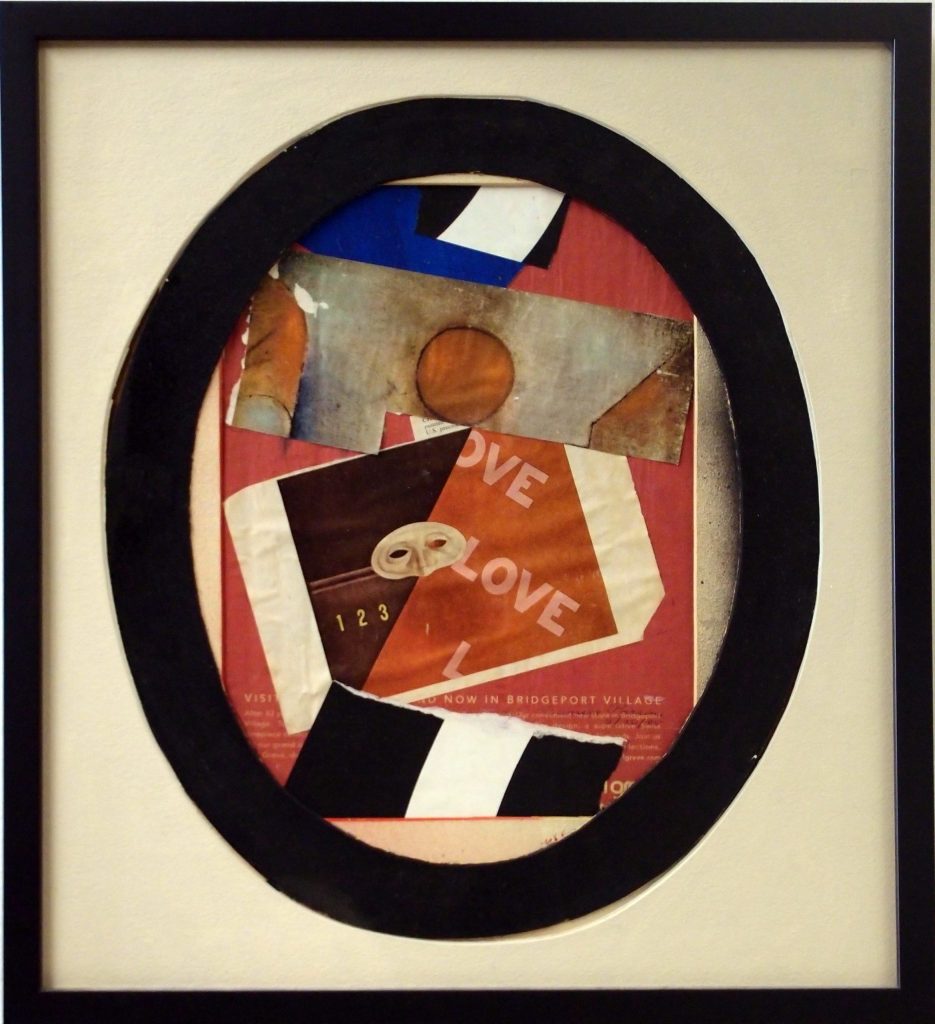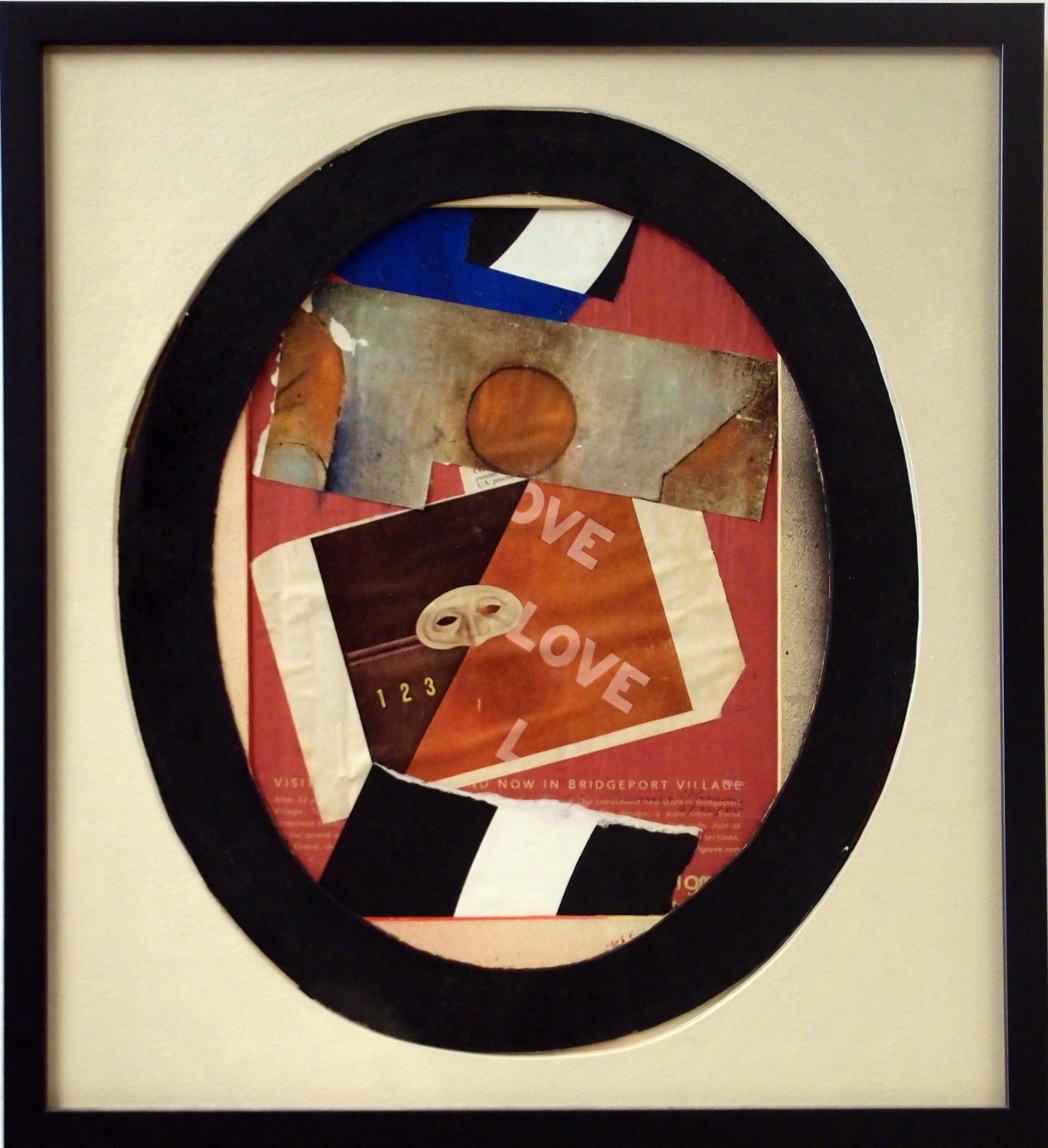
“Eunice Parsons, Renowned Artist Who Revolutionized Collage, Dies at 108”

### Celebrating the Life and Legacy of Eunice Lulu Parsons: A Pioneer in Modern Collage Art
On November 16, 2023, the art world bid farewell to Eunice Lulu Parsons, an exceptional artist and guiding light in the Portland art community. At 108 years old, Parsons left behind not only a remarkable body of work but also an enduring influence on generations of artists. Known for the depth and ingenuity of her collages, Parsons’ prolific career spanned seven decades, during which she mastered various forms of art, including printmaking, tilemaking, and painting.
Her granddaughter, Jos Dodson Tervo, described her as “a legend in the Portland art community,” capturing the sentiment felt by many who were inspired by her life and work.
—
### **The Early Years: A Natural Talent Emerges**
Eunice Lulu Parsons was born on August 4, 1916, in Loma, Colorado, and raised primarily in Chicago. Early on, she demonstrated an innate passion for art, enrolling in classes at the prestigious School of the Art Institute of Chicago at just 11 years old. Immersed in the works of Impressionist and Cubist masters, the young artist began cultivating a vocabulary of creativity that would resonate throughout her career.
Despite her early love of art, societal expectations initially directed her elsewhere. By the 1930s, Parsons was married to Allen Herbert Jensen and raising three children. However, her passion for art could not be contained. Even as she balanced her role as a wife and mother, drawing and creating quietly became a steady undercurrent in her life.
—
### **From Student to Teacher: Finding Her Place in the Northwest**
In 1950, Parsons took a pivotal step in her artistic journey, enrolling in classes at the Museum Art School (now the Pacific Northwest College of Art) in Portland, Oregon. While financial constraints meant her formal education lasted only a year, the experience reaffirmed her dedication to her craft.
Following her divorce in 1960, Parsons channeled her determination into a flourishing teaching career. She became one of the few women to join the faculty at the Museum Art School, where she taught full-time and part-time for more than two decades. Parsons also worked at the Young Women’s Christian Association and St. Mary’s Academy, further spreading her passion for art education. Her influence extended beyond the classroom as she encouraged her students and peers to explore unconventional mediums and approaches.
—
### **Master of Collage: Reinventing Found Materials**
Although she was accomplished in multiple mediums, Parsons found her true voice in collage during the early 1960s. Her work in this discipline showcased unparalleled technical mastery and an inventive approach to materials. Often working with found objects like old magazine covers, ticket stubs, worn posters, and packaging materials, she imbued her collages with a modernist spirit that challenged traditional notions of fine art.
Her meticulous compositions struck a delicate balance between structure and spontaneity. For Parsons, collage was a form of storytelling, a way to breathe new life into discarded fragments and weave them into new narratives. Her works such as *“Teatro”* (1976) dramatized the everyday by transforming the mundane into an artful arrangement of textures, colors, and shapes.
By devoting herself full-time to her attic studio—an intimate space packed from floor to ceiling with the works of fellow artists traded for her own creations—Parsons’ daily life revolved around art in its purest form. She embodied the ideals of a working artist, crafting on a modest income and supplementing her earnings with exquisite brush drawings of birds.
—
### **The Road Less Traveled: Recognition Without Seeking Fame**
Though her work was primarily exhibited in local institutions and galleries in the Pacific Northwest, including the Portland Museum of Art, Parsons secured a respected position in regional art history. Her creations are housed in the permanent collections of esteemed institutions such as the Hallie Ford Museum of Art and the Jordan Schnitzer Museum of Art.
Parsons remained largely unaffected by the urban art world’s demands for global stardom. Instead, she maintained a centered and grounded approach, focusing on meaningful artistic expressions over accolades. Her close colleague, Bonnie Laing-Malcolmson, former curator of Northwest Art at the Portland Art Museum, noted, “It’s hard for regional artists because often they are not recognized unless they make it in a bigger urban setting… but Parsons was never bitter.”
Far from being constrained by geographic boundaries, Parsons’ work transcended them, influencing artists far beyond her immediate community with her dedication, passion, and humility. She was celebrated as a “tiny, fierce, dedicated-to-art person,” embodying a rare creative spirit.
—
### **A Life Defined by Art and Community**
Parsons led an inspiring life, balancing her creative passion with practical resourcefulness. She cultivated her own vegetable garden, traded artwork instead of purchasing it, and found joy in modest living